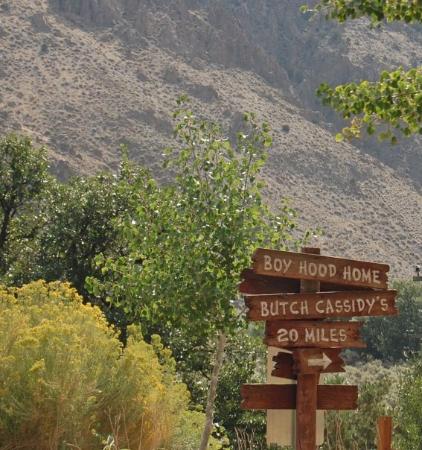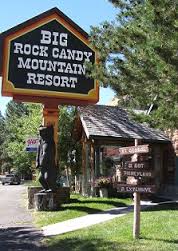September 12, 1884 - Richfield to Elsinore (nooned) to Marysvale
Day 11 of 44 - (Week 2)
Richfield to Elsinore = 31 Miles* (Total Miles = 239)*
Total Trip Average Miles Per Day = 21.7; Average Miles Per Day - Week 2 = 23.6
*mileage for this day not included in journal - calculated by google maps
 |
| September 11 - 12, 1884 |
 |
| September 12 - 13, 1884 |
Original Journal Entry
"12 Sep. Arose early John Hunter's teams gone hunted till 10 o'clock found them and Started, went little south of Elsinor and nooned - very windy - hitched up and drove over the mountain in the dark arrived at Marysville about 10 o'Clock Pastured our teams for 12 1/2 per span."
Final Journal Entry
"Sept. 12 arose early, John C. Hunter's team gone, hunted until 10 o'clock, found them and started, nooned south of Elsenore, very windy - drove over the mountain in the dark to Marysville, arrived 10 o'clock. Paid 12 1/2 per span pasture."
Final Journal Entry
"Sept. 12 arose early, John C. Hunter's team gone, hunted until 10 o'clock, found them and started, nooned south of Elsenore, very windy - drove over the mountain in the dark to Marysville, arrived 10 o'clock. Paid 12 1/2 per span pasture."
Note on Journal Entry: This was the second most mileage covered in one day and they went over a mountain. This most miles covered was their second day out from Slagtown to Fairfield - 35 miles over a fairly level traveling area. This was also the least they had paid per span for pasture. A long day and they didn't get started until 10:00 A.M.
They got a late start because John C. Hunter's team was gone. This is the first mention of John C. Hunter. Who was he? John Coutts Hunter was born in Scotland in 1848. He made the trip when he was 35 with his wife Elizabeth (24) and their two children, James (2), and Elizabeth (1). They were from West Weber, Utah.
John C. Hunter was mentioned three other times in the C. P. Anderson Journal:
October 23, 1884:
John Hunter drew for land with 11 others shortly after he arrived in St. Johns.
June 6, 1885:
The Anderson family went to the sawmill. Over Sunday they stayed with John Hunter and his wife.
July 6, 1885:
John C Hunter and David E. Garner returned to Utah. They were neighbors to the Andersons in St. Johns.
David Garner was from Ogden, Utah His life sketch gives an interesting account (click) of his trip to St. Johns. It was a very difficult journey for the family.
Elsinore
Elsinore (click) was originally called Little Denmark because many of the early settlers were immigrants of that country. At one time it was home to a Utah-Idaho Sugar Company factory.
 |
| Nooned South of Elsenor |
Big Rock Candy Mountain
After Elsinore and about 5 miles before you reach Marysvale (click) you see Big Rock Candy Mountain. A fun and scenic place to stop today. In 1884 the Andersons were crossing the mountain late on what had been a windy day. It was getting dark and even if they could still see the mountain they weren't thinking "candy mountain." |
| Big Rock Candy Mountain Near the soda water fountain At the lemonade springs Where the bluebird sings On the big rock candy mountain." |
 |
| Butch Cassidy's boyhood home will be seen down the road about 20 miles. photo is courtesy of TripAdvisor |
 |
| A little Piute County History (Click) including Butch Cassidy. Marysvale is in Piute County |
Marysvale
 |
| Arrived in Marysvale at 10:00 P.M. |
 |
| Marysvale - stop and smell the |
 |
| Marysvale-or stop and smell the hot dogs sign in Marysvale |
For the first time C. P. Anderson did not include the miles traveled in this journal. Perhaps it was such a long day he forgot. We'll certainly give him the benefit of the doubt. It was not difficult to find the miles traveled using Google Maps. It took them 12 hours to cover the territory on this day, plus the time to find the lost horses. Today it is an easy 39 minute drive to travel the 31 miles according to the map.








I don't think pictures can really capture how pretty and unique Big Rock Candy Mountain is. I remember coming around the bend and seeing it for the first time and I was taken back by how magical it looks.
ReplyDeleteLove this entry. I remember going past Big Rock Candy Mountain a few times. The West is so full of spectacular scenery. The pioneers had to have been impressed by sights like this.
ReplyDelete